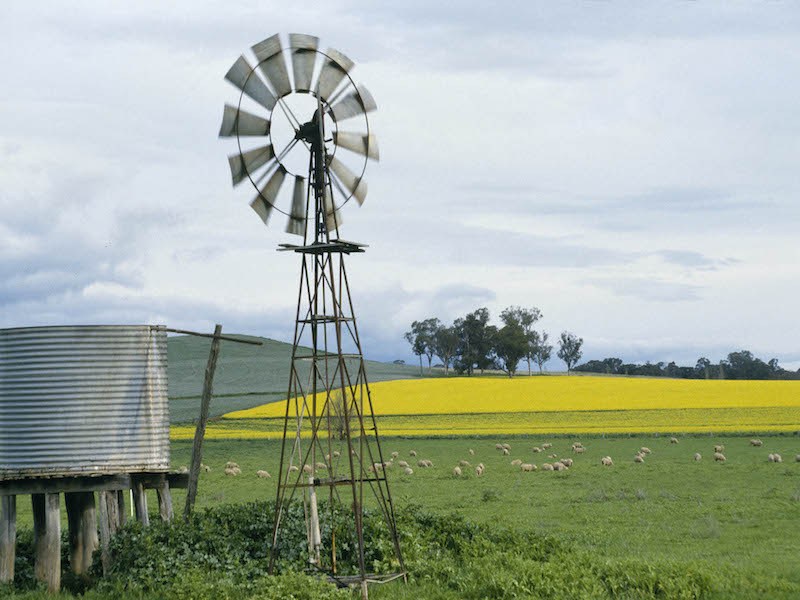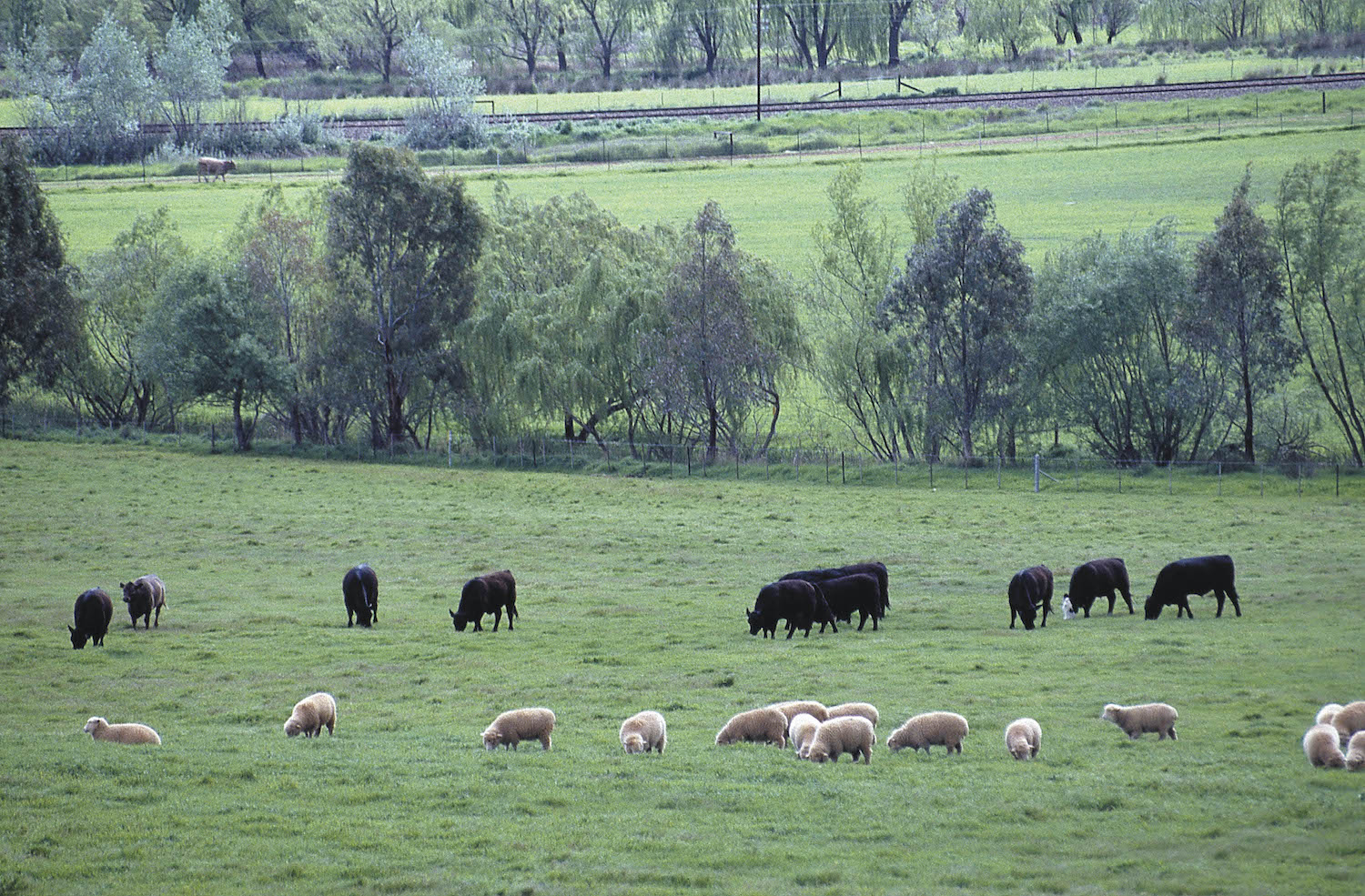The National Livestock Identification System (NLIS) underpins access of Australian livestock products to international markets and is crucial in protecting and enhancing Australia’s reputation as a producer of quality beef and sheep meat. The NLIS allows for traceability of livestock through a combination of permanent identifiers, movement documents and database records.
The NLIS database holds information on livestock movements from birth to slaughter, to protect and enhance Australia’s reputation as a producer of animal products that are free of chemical residues and exotic diseases.
In NSW the NLIS is supported by the Biosecurity (NLIS) Regulation 2017.
The NLIS also enhances Australia's ability to respond quickly to a major food safety or disease incident using the NLIS database as a critical tracing tool. The NLIS is a key industry and government partnership across Australia.
NLIS (Cattle) was introduced in NSW on 1 July 2004 and involves electronic identification of cattle and recording of all cattle movements in the NLIS database. Cattle are identified with approved NLIS ear devices, or rumen boluses and a matching ear tag. All movements of cattle to sale, slaughter or to any other property are recorded in the NLIS database.
NLIS (Sheep and Goats) was introduced on 1 January 2006 and in NSW is- currently a mob-based system. NLIS (Sheep and Goats) uses a combination of visually readable ear tags printed with a Property Identification Code (PIC), an NLIS movement document which accompanies every mob of sheep or goats when they move, and the recording of all movements of sheep and goats in the NLIS database, to provide traceability.
NLIS (Pigs) was introduced in February 2018. Tracing of pigs is mob-based, which means individual livestock are identified with a tattoo or tag and recorded as a group.
Related information
NLIS cattle
Identifying, moving, selling and maintaining cattle biosecurity
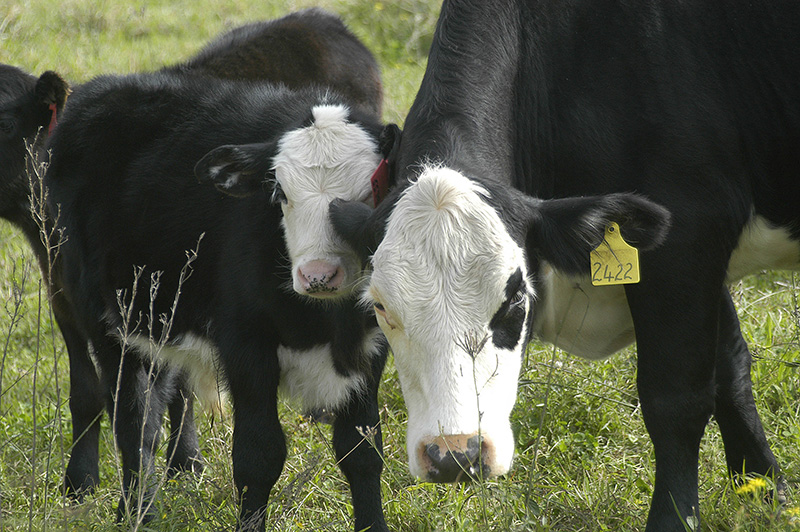
NLIS pigs
Identifying, moving, selling and maintaining pig biosecurity
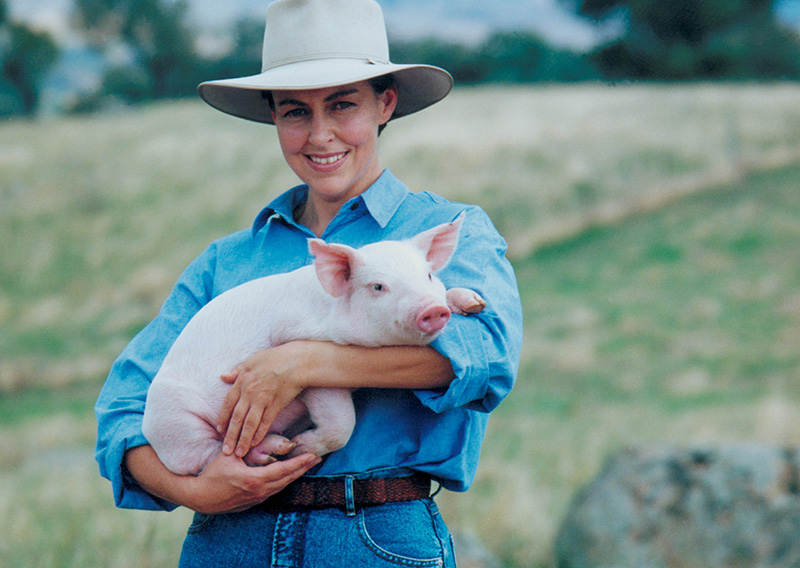
NLIS sheep and goats
Identifying, moving, selling and maintaining sheep and goat biosecurity
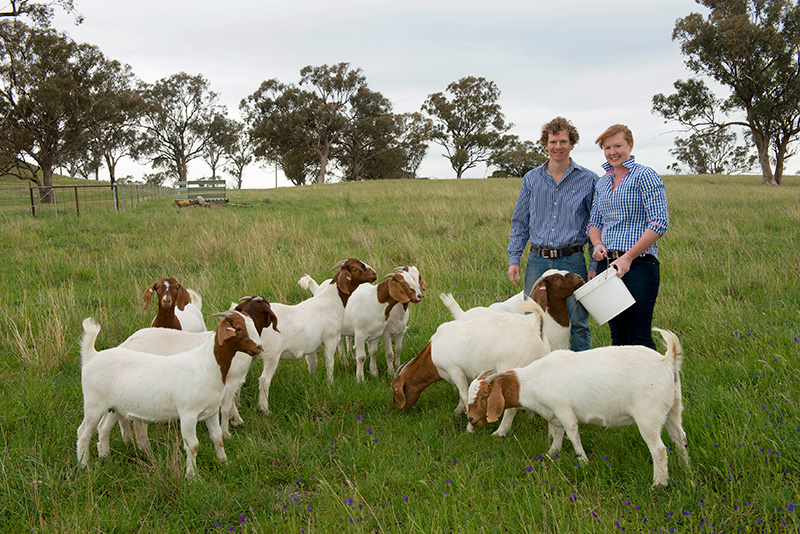
Sheep and goats individual electronic identification
NSW is currently transitioning to mandatory individual electronic identification for sheep and goats.
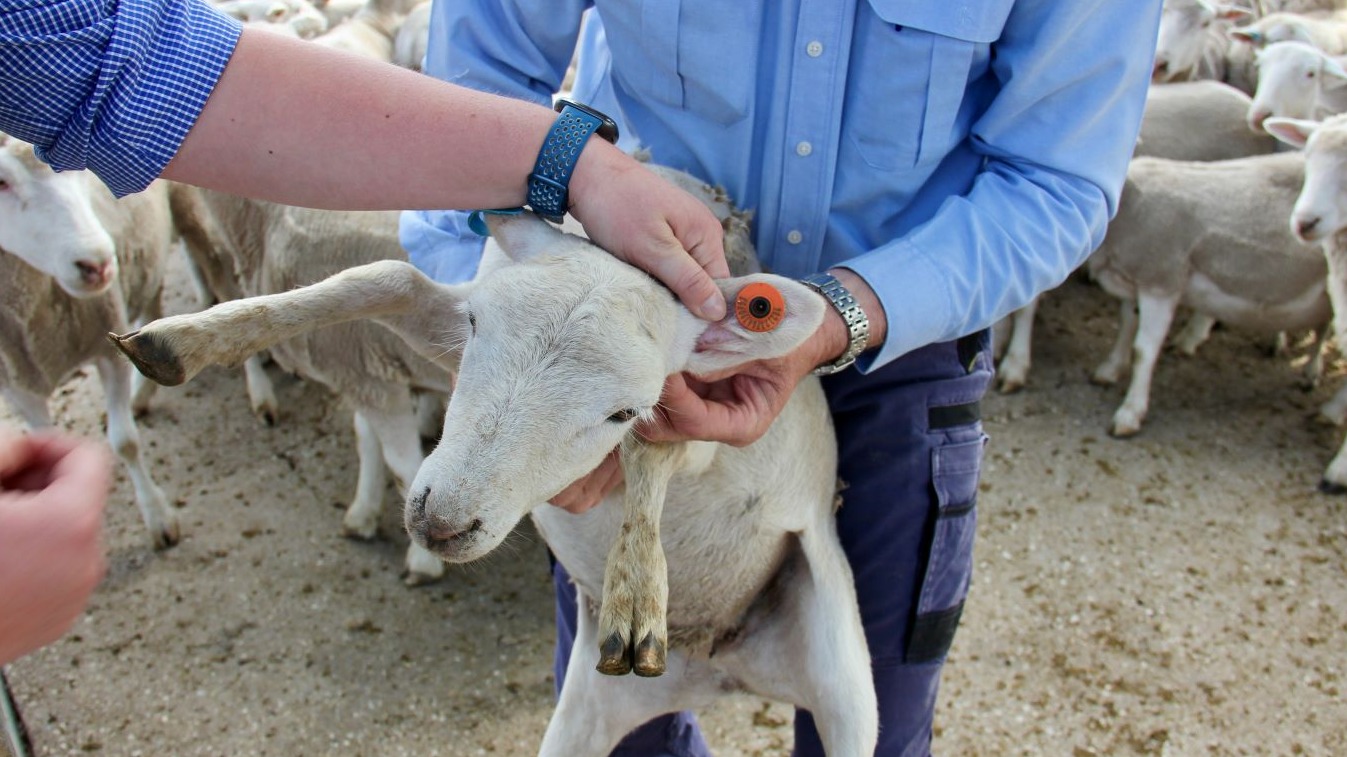
Property Identification code
A PIC is a unique identifier for land. PICs are assigned to individual properties.
